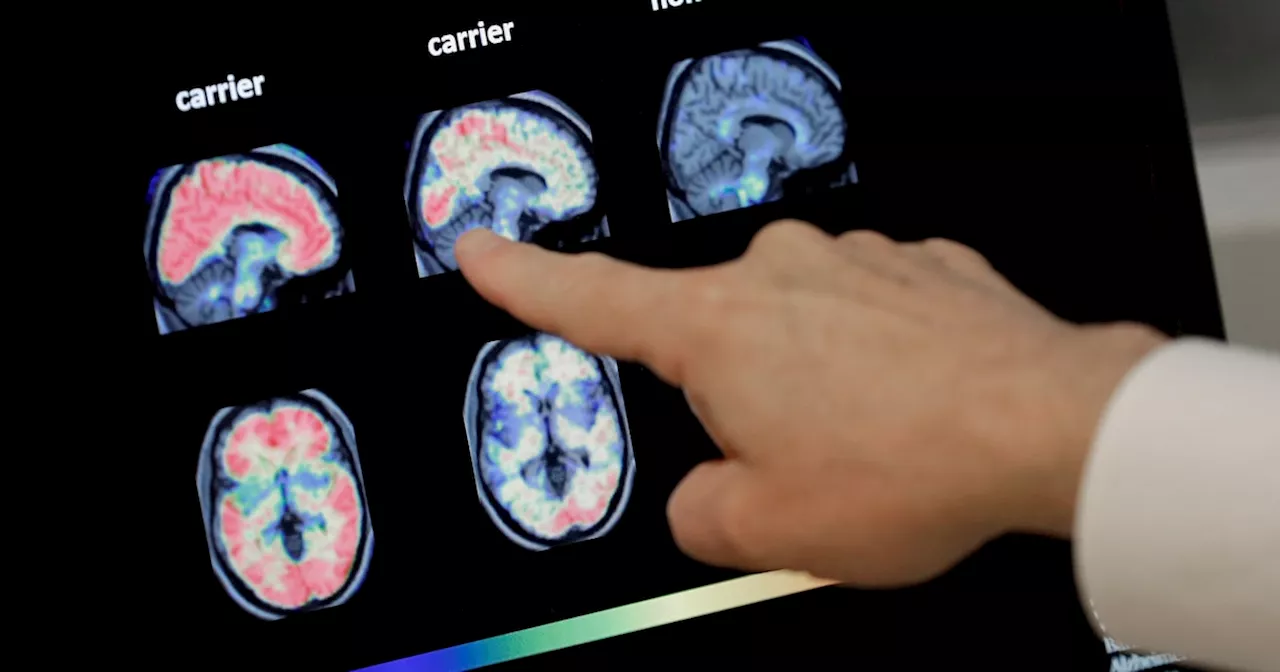Cornell researchers have identified a specific brain circuit that could lead to anxiety treatments without cognitive side effects.
Researchers at Weill Cornell Medicine have made promising advances in understanding how to reduce anxiety through specific brain circuitry, potentially leading to more effective treatments without the usual side effects linked to current therapies.In a study published on January 28 in the journal Neuron, the investigators explored how a type of brain receptor called metabotropic glutamate receptor 2 can be targeted to alleviate anxiety-related symptoms.
Illuminating these molecules with specific wavelengths of light could control receptor activity in particular brain circuits.Their experiments yielded mixed results. In one circuit stemming from the ventromedial prefrontal cortex, activating mGluR2 diminished a common anxiety behavior called spatial avoidance.However, this benefit was overshadowed by a noted impairment in working memory, pointing towards the cognitive challenges often associated with existing anxiety treatments.
United States Latest News, United States Headlines
Similar News:You can also read news stories similar to this one that we have collected from other news sources.
 Scientists Identify Brain Cells That Control AgingResearchers at the Allen Institute have discovered specific brain cells that undergo significant changes with age, potentially influencing the aging process. The study, conducted on mice, revealed that different cell types respond differently to aging, with some showing increased inflammation and decreased neuronal function.
Scientists Identify Brain Cells That Control AgingResearchers at the Allen Institute have discovered specific brain cells that undergo significant changes with age, potentially influencing the aging process. The study, conducted on mice, revealed that different cell types respond differently to aging, with some showing increased inflammation and decreased neuronal function.
Read more »
 Scientists Identify Brain Cells Key to Aging ProcessA new study suggests that specific brain cells, particularly those in the hypothalamus, undergo significant changes as we age, potentially influencing the aging process itself.
Scientists Identify Brain Cells Key to Aging ProcessA new study suggests that specific brain cells, particularly those in the hypothalamus, undergo significant changes as we age, potentially influencing the aging process itself.
Read more »
 Scientists Identify Brain Cells Linked to AgingResearchers at the Allen Institute have pinpointed specific brain cells that undergo major changes with age. By analyzing over 1.2 million brain cells from young and older mice, they identified nearly 2,500 genes that changed with aging, revealing increased inflammation and decreased neuronal function in certain cell types, particularly in the hypothalamus.
Scientists Identify Brain Cells Linked to AgingResearchers at the Allen Institute have pinpointed specific brain cells that undergo major changes with age. By analyzing over 1.2 million brain cells from young and older mice, they identified nearly 2,500 genes that changed with aging, revealing increased inflammation and decreased neuronal function in certain cell types, particularly in the hypothalamus.
Read more »
 Scientists Pinpoint Brain Neurons Linked to SUDEPResearchers at Southern Methodist University have made a breakthrough in understanding sudden unexpected death in epilepsy (SUDEP) by identifying specific neurons in the brain's corticolimbic system that appear to trigger the deadly chain reaction. This discovery sheds light on the complex interplay between seizures, breathing, and heart function in SUDEP, offering potential avenues for future research and interventions.
Scientists Pinpoint Brain Neurons Linked to SUDEPResearchers at Southern Methodist University have made a breakthrough in understanding sudden unexpected death in epilepsy (SUDEP) by identifying specific neurons in the brain's corticolimbic system that appear to trigger the deadly chain reaction. This discovery sheds light on the complex interplay between seizures, breathing, and heart function in SUDEP, offering potential avenues for future research and interventions.
Read more »
 Tianjin University Invites Overseas Young Scientists for 2025 Excellent Young Scientists Fund ProgramThe National Natural Science Foundation of China (NSFC) Excellent Young Scientist Fund (Overseas) program, hosted by Tianjin University, seeks to attract outstanding young scholars from overseas to contribute to China's scientific and technological advancement.
Tianjin University Invites Overseas Young Scientists for 2025 Excellent Young Scientists Fund ProgramThe National Natural Science Foundation of China (NSFC) Excellent Young Scientist Fund (Overseas) program, hosted by Tianjin University, seeks to attract outstanding young scholars from overseas to contribute to China's scientific and technological advancement.
Read more »
 Auto tech at CES shows off holographic displays and a car that reads brain wavesFrom holographic displays to equipment to read drivers’ brain waves, the automotive industry has brought all its latest gadgets to the CES tech show in Las Vegas.
Auto tech at CES shows off holographic displays and a car that reads brain wavesFrom holographic displays to equipment to read drivers’ brain waves, the automotive industry has brought all its latest gadgets to the CES tech show in Las Vegas.
Read more »
